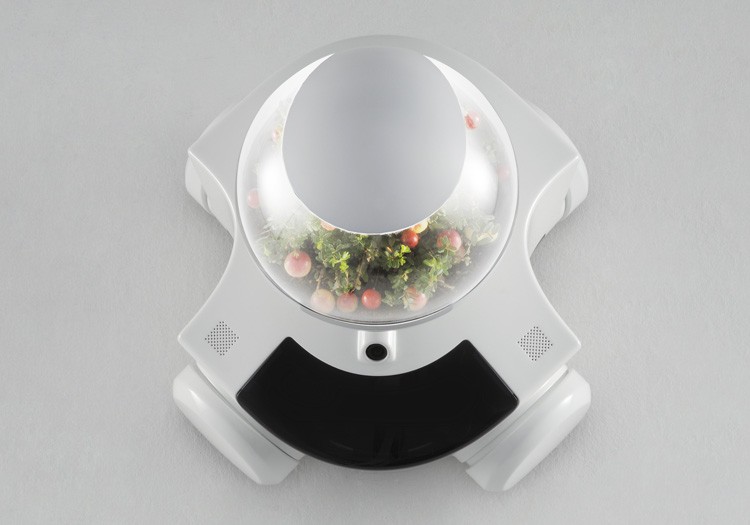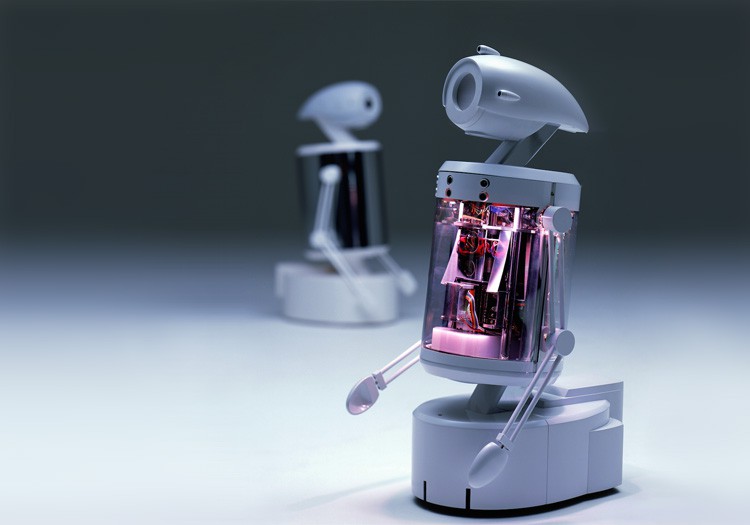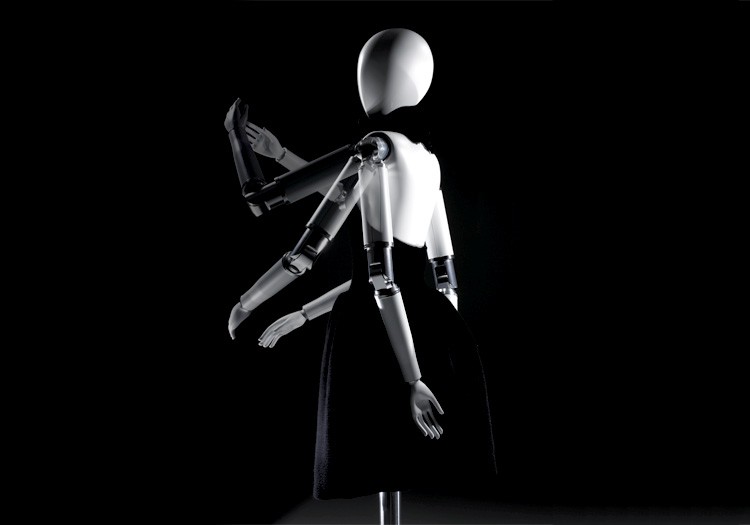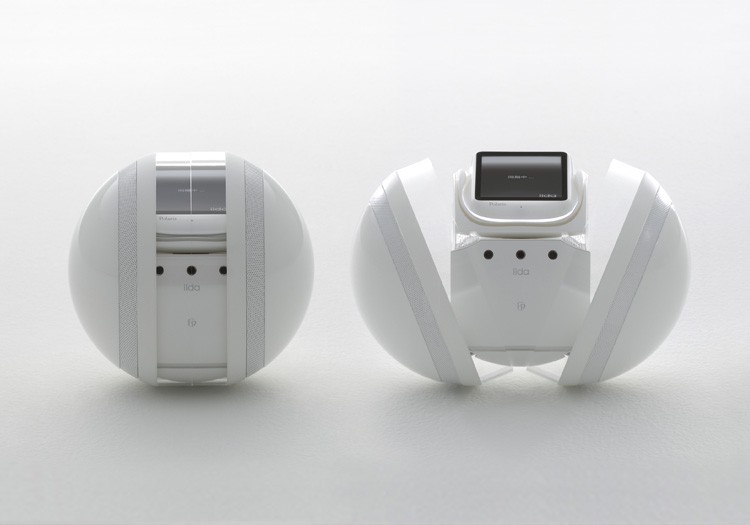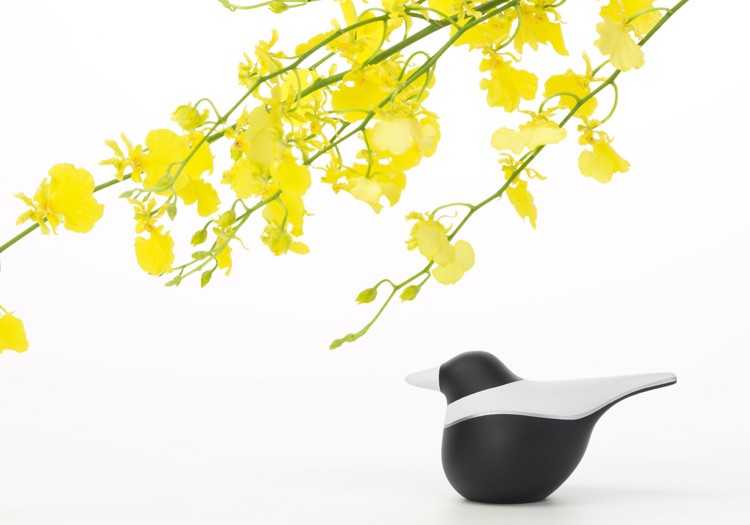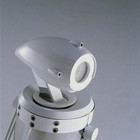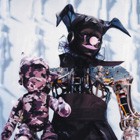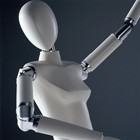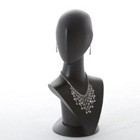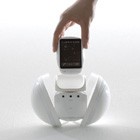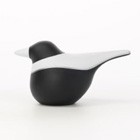Flower Robotics
Vision
Make Your Nature
Flower Robotics has a common vision for its business operation and technology research: "having robots as part of the everyday scene.."
Having robots existing in harmony in people's everyday lives will be beautiful and an essential part of our lives. The development of the "Beautiful Robot" is about refining the robot to become an integral part of everyday life while reflecting a world full of changes. This is the idea behind our approach. With this vision, we conduct our business, development, and sales.
We want the robot to be like a flower, born from a natural providence and seen by people as beautiful.
For applications created from everyday points of view, even robots will become a silent technology and have a dignified presence.
Make Your Nature—We will make robots a natural part of everyday life and have them start a quiet revolution for a new lifestyle. We are working to be a manufacturer producing a new disposition of life for people.
Robots and beautiful functionality
Since our establishment, we have created various types of original robot.
The robots that we develop are systems that suppose every day situations and then function naturally in them.
However, without simply making functionality our goal, we've continued to pursue beauty as a prerequisite function.
By beauty we mean aiming for a composition of the natural relationship between people, robots and the environment.
The thought behind P.
The names of our robots always start with a 'P'.
"Pino" is the robot designed by founder Tatsuya Matsui, before the establishment of the company.
Our company's history started with Pino, and we are pioneering the future using the 'P' to show our important connection with our starting point.
Also, we always keep in mind that we want our robots to be products that personify peace and pleasure in the same way as flowers.
The robots below are not currently on sale.
Posy
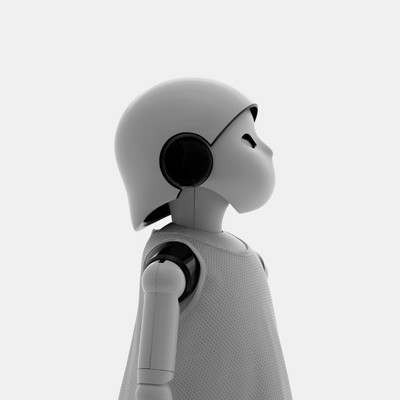
When envisioning the coexistence of humans and humanoid robots in domestic life, it is necessary that a robot's operations are gentle and supple. The creative inspiration behind POSY is a 3-year-old flower girl who precedes the bride at a wedding. In reality, the only operations that POSY is capable of are walking and handing over a bouquet.
To achieve the intended image of innocence, the concept of machines was softened and a new sense of values called "the calmness of robots" was launched.
Many appearances were made in events such as Louis Vuitton shows and the Hollywood movie Lost in Translation.
Platina
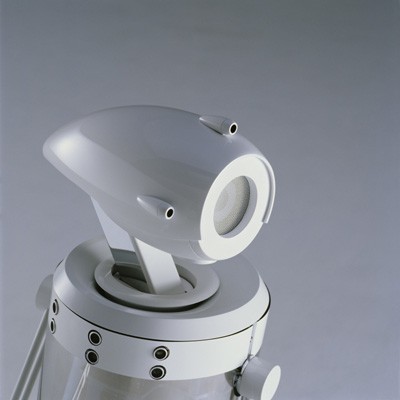
A speaker-type robot that generates light and sound as it moves.
As intermediaries between humans and robots, we are focused on the possibilities of sound. Just as people can understand emotions through the tone of cry made by babies and animals, we believe that robots might also be able to convey information in this way, making a mutual understanding between humans and robots possible through sound, and resulting in a new sensory device. By emitting sound while simultaneously reflecting light from an internal light source to its cylindrical body, this research prototype displays emotions through sound and light.
P-noir
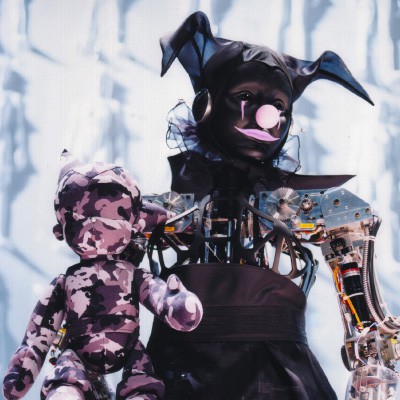
An ornamental robot that was developed by the National Museum of Emerging Science and Innovation for exhibition. It senses the movements of visitors through a wide range of sensors and performs a number of pre-programmed tasks.
With robots being uncommon at the time of its development in 2002 and with us not having yet understood the possible role of robots in our everyday lives, it was regarded as a rare curiosity. Therefore, we expressed the robot as a clown using its function as a show piece, daringly designing a rather surreal existence.
It is a satirical robot that is paradoxically designed for daily life rather than to be a clown.
Palette

In order for society to take advantage of humanoid robots as products, the establishment of environments in which they will used is most important.
Focusing on mannequins that are used in window displays, we have developed a robot technology that functions to efficiently promote clothing to passersby.
Visual sensors capture customer line of sight, an independently developed learning system records it, and data is gathered on what poses receive the most attention over time. It is a system in which Palette determines the best angle and movement for a given space and adjusts itself. In regards to our corporate vision of "making robots a part of the everyday landscape," this product has been substantially successful.
(Sales to be discontinued in 2015)
Palette U.T.
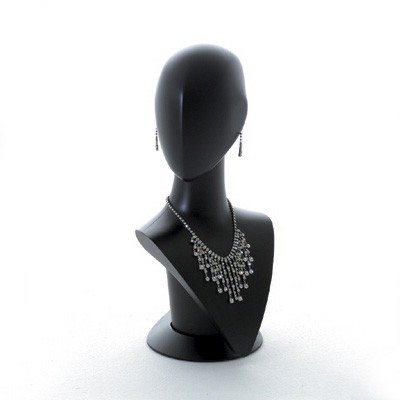
A robot version that is essentially the top half of Palette.
As a product, important factors in robot development are compact design, ease of carry, ease of use, and simplicity of repairs. In regard to these points, this robot has a refined design and has been adopted by a variety of jewelry stores around the world.
With the same learning system as Palette, it has an algorithm that converts customer line of sight into it's own movement, and has become an indispensable part of numerous stores as a part of their display environments.
(Sales to be discontinued in 2015)
Polaris
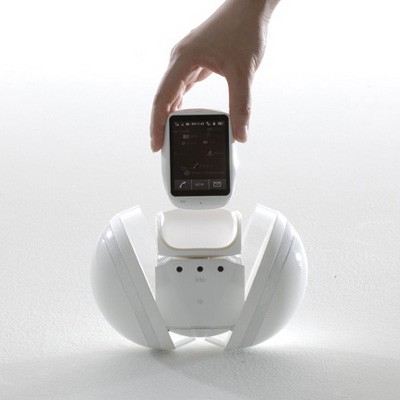
When robots become a part of our lives, it would be pointless having them if our lives were not made richer or better because of them.
We have developed Polaris as a system that enables users to take the information from smartphones that many carry around on a daily basis and effectively take advantage of it in their lives.
It is a system that fits a device to the charger system, allowing users to update data and start communication by showing personalized information on PCs or TV, all while charging. (Jointly developed with KDDI)
Polly
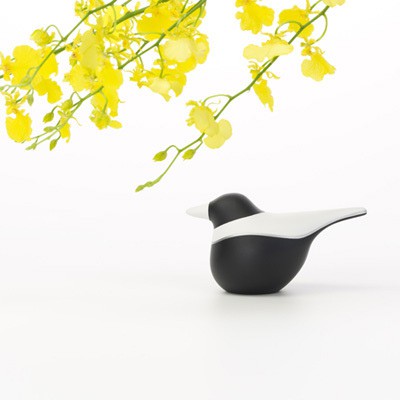
Our bird robot that was developed for exhibitions.
The new trend in robotics is not complex systems such as those in humanoid robots, but rather the miniaturization and simplification of functions. The product connects with a network and shares information with multiple devices. The concept behind it is autonomous - distributed - cooperative.
Currently, as a household product, research and development is being carried out on a system that connects security companies with servers through in-built security sensors.

